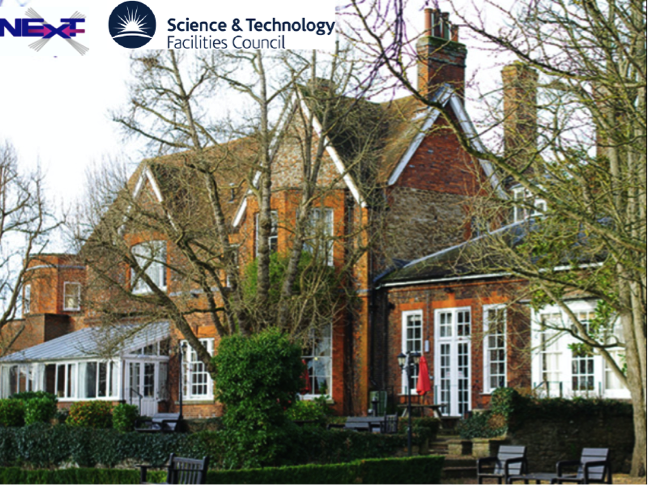Speaker
Description
We study the naturalness properties of the B − L Supersymmetric Standard Model (BLSSM) and compare them to those of the Minimal Supersymmetric Standard Model (MSSM) at both low (i.e., Large Hadron Collider) energies and high (i.e., unification) scales. By adopting standard measures of naturalness, we assess that, in presence of full unification of the additional gauge couplings and scalar/fermionic masses of the BLSSM, such a scenario reveals a somewhat higher degree of Fine-Tuning (FT) than the MSSM, when the latter is computed at the unification scale and all available theoretical and experimental constraints, but the Dark Matter (DM) ones, are taken into account. Yet, such a difference, driven primarily by the collider limits requiring a high mass for the gauge boson associated to the breaking of the additional U(1)B−L gauge group of the BLSSM in addition to the SU(3)C × SU(2)L × U(1)Y of the MSSM, should be regarded as a modest price to pay for the former in relation to the latter, if one notices that the non-minimal scenario offers a significant volume of parameter space where numerous DM solutions of different compositions can be found to the relic density constraints, unlike the case of the minimal structure, wherein only one type of solution is accessible over an ever diminishing parameter space. In fact, this different level of tension within the two SUSY models in complying with current data is well revealed when the FT measure is recomputed in terms of the low energy spectra of the two models, over their allowed regions of parameter space now in presence of all DM bounds, as it is shown that the tendency is now opposite, the BLSSM appearing more natural than the MSSM.
